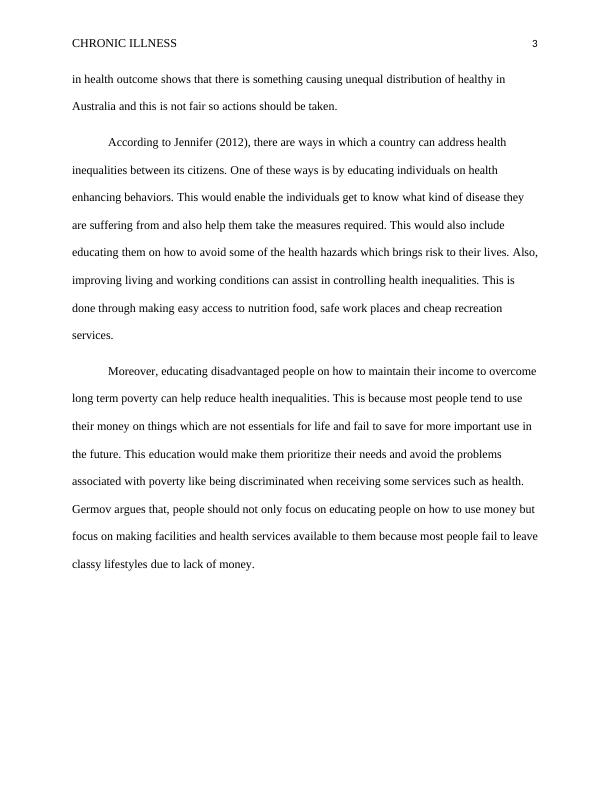Ask a question from expert
WEL203A: Chronic Illness and Disability
9 Pages2250 Words110 Views
Jansen Newman Institute
Chronic Illness and Disability (WEL203A)
Added on 2021-09-13
WEL203A: Chronic Illness and Disability
Jansen Newman Institute
Chronic Illness and Disability (WEL203A)
Added on 2021-09-13
BookmarkShareRelated Documents
End of preview
Want to access all the pages? Upload your documents or become a member.
Influence of social Institutions on CLASS BASED health inequalities
|11
|2674
|254
Chronic Illness: Models of Care, Australian Health Priorities, and Impacts
|9
|2121
|182
Introduction to Health and Social Care
|8
|1850
|194
Impacts of socio-economic factors on health of people
|8
|1982
|42
Target Marketing for Chronic Diseases, WIC and Communicable Diseases
|6
|1028
|210
Chronic Illness and Quality of Health: Association of Income and Health
|11
|3212
|103


